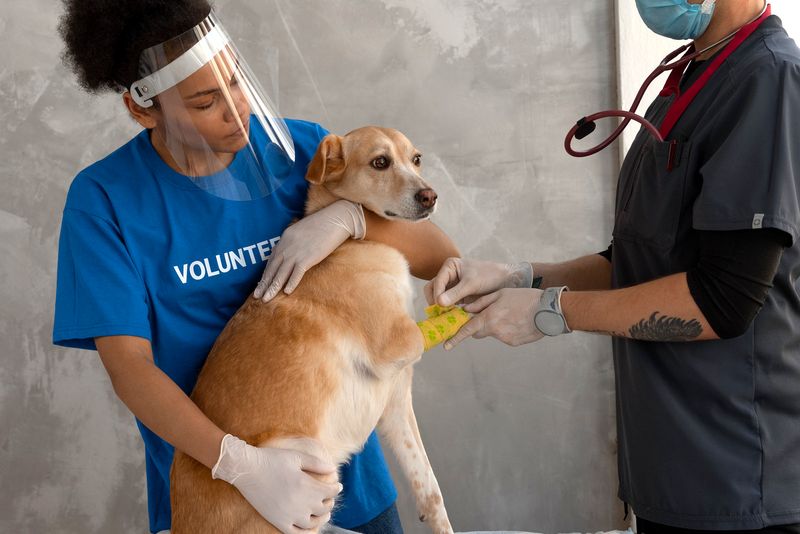Dog Mange, how to help

Dog mange is a skin disease caused by mites that can affect all breeds of dogs. It is highly contagious and can be spread from one dog to another through contact. The most common type of mange is caused by the mite Sarcoptes scabiei, which burrows into the skin and causes intense itching and irritation. Other types of mange, such as Demodex, are less contagious and may not require treatment.
The symptoms of dog mange vary depending on the type of mite involved. Sarcoptic mange is the most common type and can cause intense itching, hair loss, and redness of the skin. In some cases, the skin may become thickened and crusty. Demodex mange is less common and usually causes patchy hair loss and mild itching.
The most important thing to do if you suspect your dog has mange is to take it to the vet for a diagnosis. The vet will be able to determine the type of mite causing the problem and the best course of treatment. Treatment for mange usually involves topical or oral medications, such as antibiotics, anti-parasitic drugs, and anti-inflammatory drugs. These medications can help to reduce the itching and irritation caused by the mites.
In addition to medications, there are some other steps you can take to help treat your dog’s mange. It is important to keep your dog’s skin clean and dry, as this can help to prevent the mites from spreading. You should also keep your dog away from other dogs, as mange is highly contagious.
In some cases, the mites may be resistant to the medications your vet prescribes. If this is the case, your vet may recommend a medicated shampoo or dip to help treat the mange. These products contain insecticides that can kill the mites and help to reduce the itching and irritation.
Finally, it is important to keep your dog’s environment clean and free of mites. Vacuuming and washing bedding and other surfaces regularly can help to prevent the spread of mites.
Mange can be a difficult condition to treat, but with the right care and treatment, it can be managed. If you suspect your dog has mange, it is important to take it to the vet for a diagnosis and treatment. With the right care, your dog can make a full recovery.
